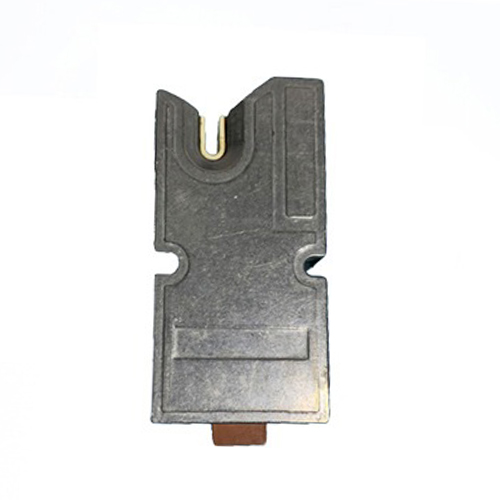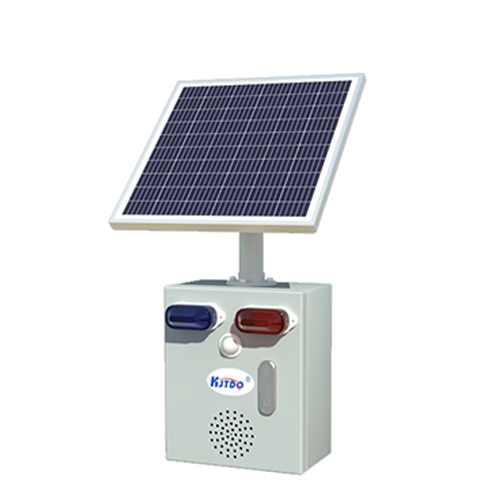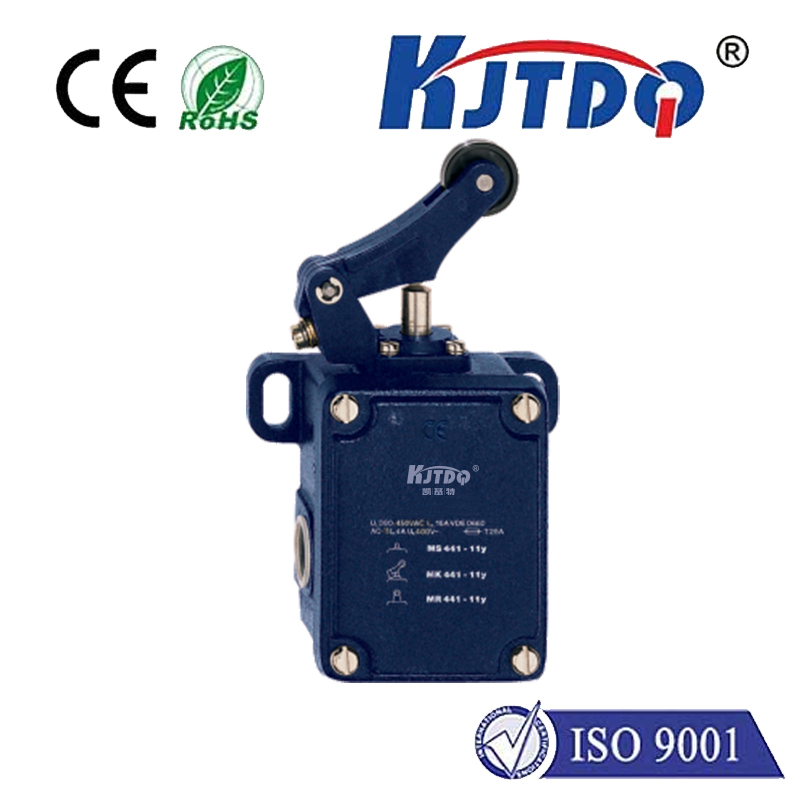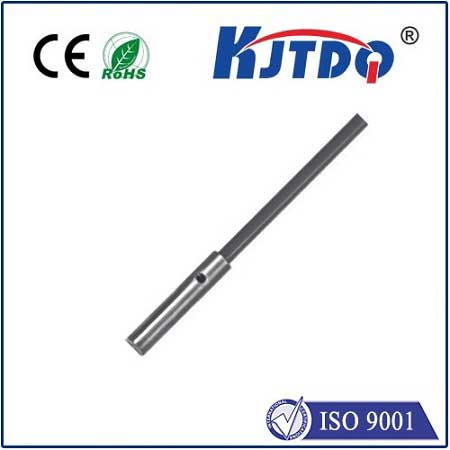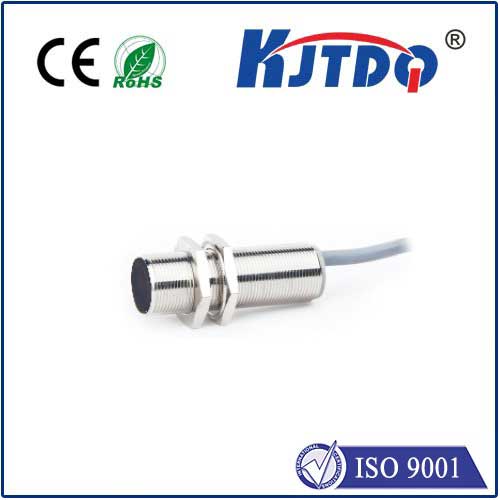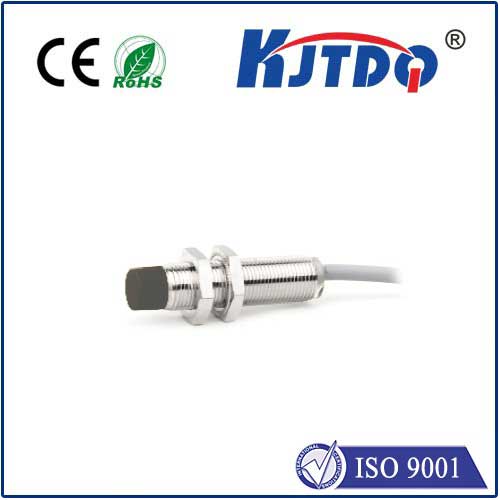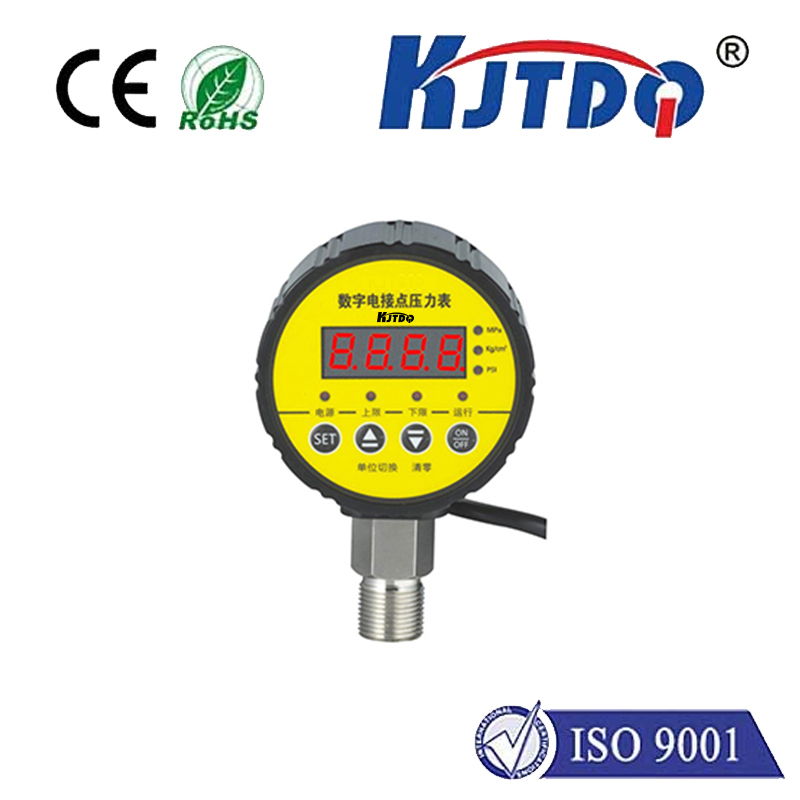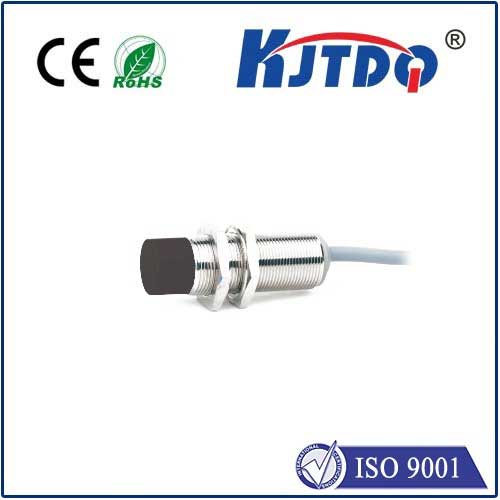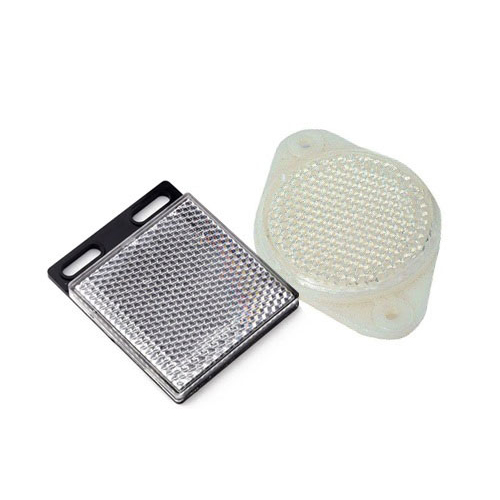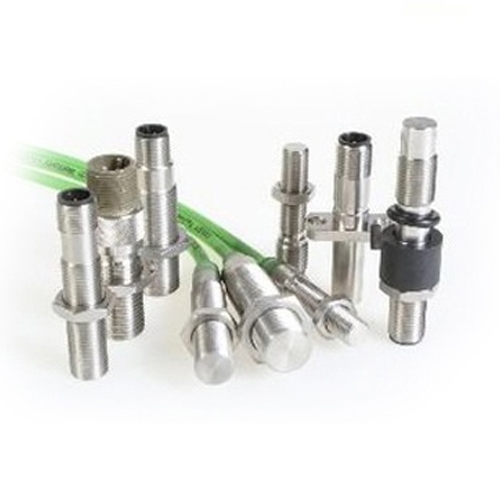

check

check

check

check

check

check

check

check

check

check
Introduction:
Proximity sensors have become increasingly popular in recent years due to their ability to detect the presence or absence of objects in a specified distance. However, using proximity sensors can be intimidating for beginners, especially if you lack experience. This article will discuss the pros and cons of using proximity sensors, as well as provide tips on how to effectively use them even if you have no prior experience.
Pros of Using Proximity Sensors:
1. Easy to Install: Proximity sensors are relatively easy to install and require minimal wiring, making them a convenient option for various projects.
2. Accurate Detection: Proximity sensors can accurately detect the presence or absence of objects within a specific range, providing accurate information for your project.
3. Cost-Effective: Proximity sensors are generally more cost-effective than other types of sensors, making them a practical choice for budget-conscious projects.
4. Wide Range of Applications: Proximity sensors can be used in a variety of applications, including robotics, automation, and home automation systems.
Cons of Using Proximity Sensors:
1. Limited Range: Although proximity sensors can detect objects within a specific range, their range is limited by the size and shape of the sensor itself. If the object is too far away or has an irregular shape, it may not be detected correctly.
2. Interference from Other Sources: Proximity sensors can be influenced by external sources such as other electronic devices, magnetic fields, or sunlight, which may cause false readings or inaccurate detection.
3. Battery Life: Proximity sensors typically require batteries for power, which may need to be replaced periodically during use. This can be a hassle if you don't have access to replacement batteries or if the battery life is shorter than expected.
4. Technical Interference: Technical issues such as software bugs or hardware malfunctions can affect the accuracy and reliability of proximity sensors, requiring troubleshooting or replacement parts.
Tips for Effective Use of Proximity Sensors:
1. Choose the Right Type of Sensor: Different types of proximity sensors have different ranges and features, so it's important to choose the right one for your project based on your needs and requirements.
2. Place the Sensor in a Clear Location: Make sure the proximity sensor is placed in a clear location with minimal interference from other sources such as electromagnetic fields or sunlight.
3.Calibrate the Sensor: After installing the sensor, it's important to calibrate it according to the manufacturer's instructions to ensure accurate readings.
4. Test the Sensor: Before using the proximity sensor in your project, test it thoroughly to ensure that it's working correctly and providing accurate readings.
